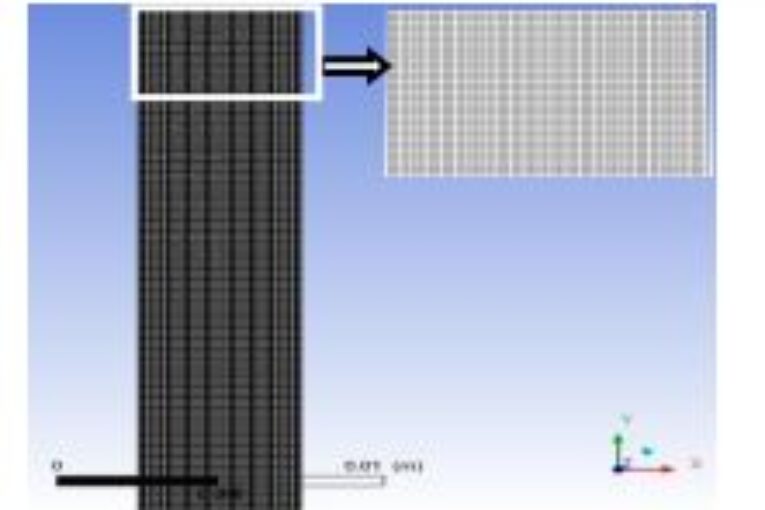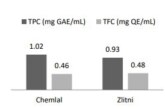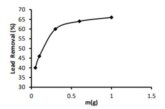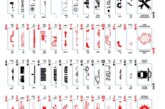
Authors: Abed Alrzaq Alshqirate
DOI: https://doi.org/10.48103/jjeci522022
JORDANIAN JOURNAL OF ENGINEERING AND CHEMICAL INDUSTRIES (JJECI)
Pages: 5-11
Abstract
This study presented theoretical and simulation predictions to find the optimum glass cover inclination angle that can allow the water droplet underneath the surface to slide along it without fall-off. As a case study, the solar still main component that plays a big role on it is performance is the transparent glass cover that permits solar rays to pass through it and is used as a condensation surface for water vapor. The inclination angle of the cover is a very important parameter that provides confined space to increase the condensation process by fast cooling of the surface and result in more freshwater productivity. The theoretical prediction is obtained by modeling a set of mathematical equations that contain the main parameters necessary to slide the droplet along the surface without detaching it and solving them by
using the MATLAB computer program. The simulation technique for the volume of fluid method uses the volume fraction equation with the level set applied in ANSYS Fluent software. The 3D model was created, and a water droplet was applied with adhesion force on the glass. It was found that the size of the droplet represented by its critical radius is a function of inclination angle. Also, it is found that for the angles larger than 15o , water droplets slide over the surface
without separation. The optimum cover inclination provides both smooth slidings of droplet along with it and a suitable confined area that increases the rate of evaporation and condensation.
Paper type: Research paper
Keywords: Condensation at the inclined surface, inclination angle, solar still cover, droplet sliding, droplet fall-off. Citation: Alshqirate A. “Theoretical and simulation prediction of optimum cover inclination to prevent fall-off condensed water”, Jordanian Journal of Engineering and Chemical Industries, Vol. 5, No.1, pp: 5-11 (2022).



